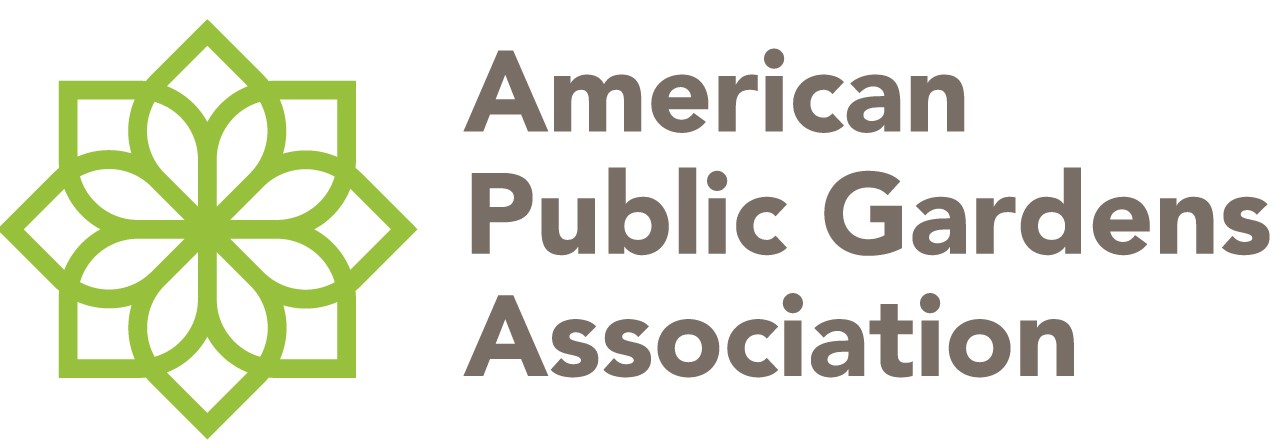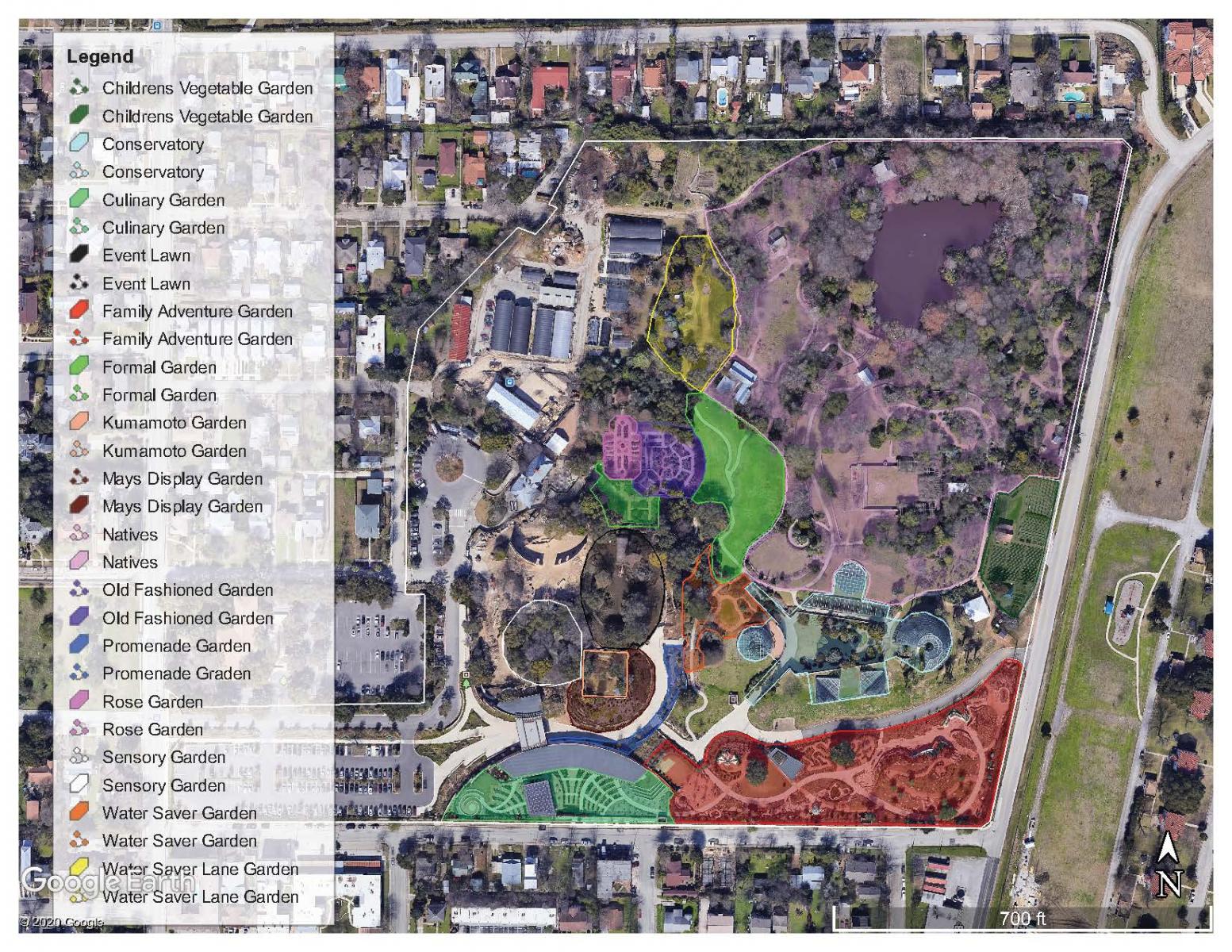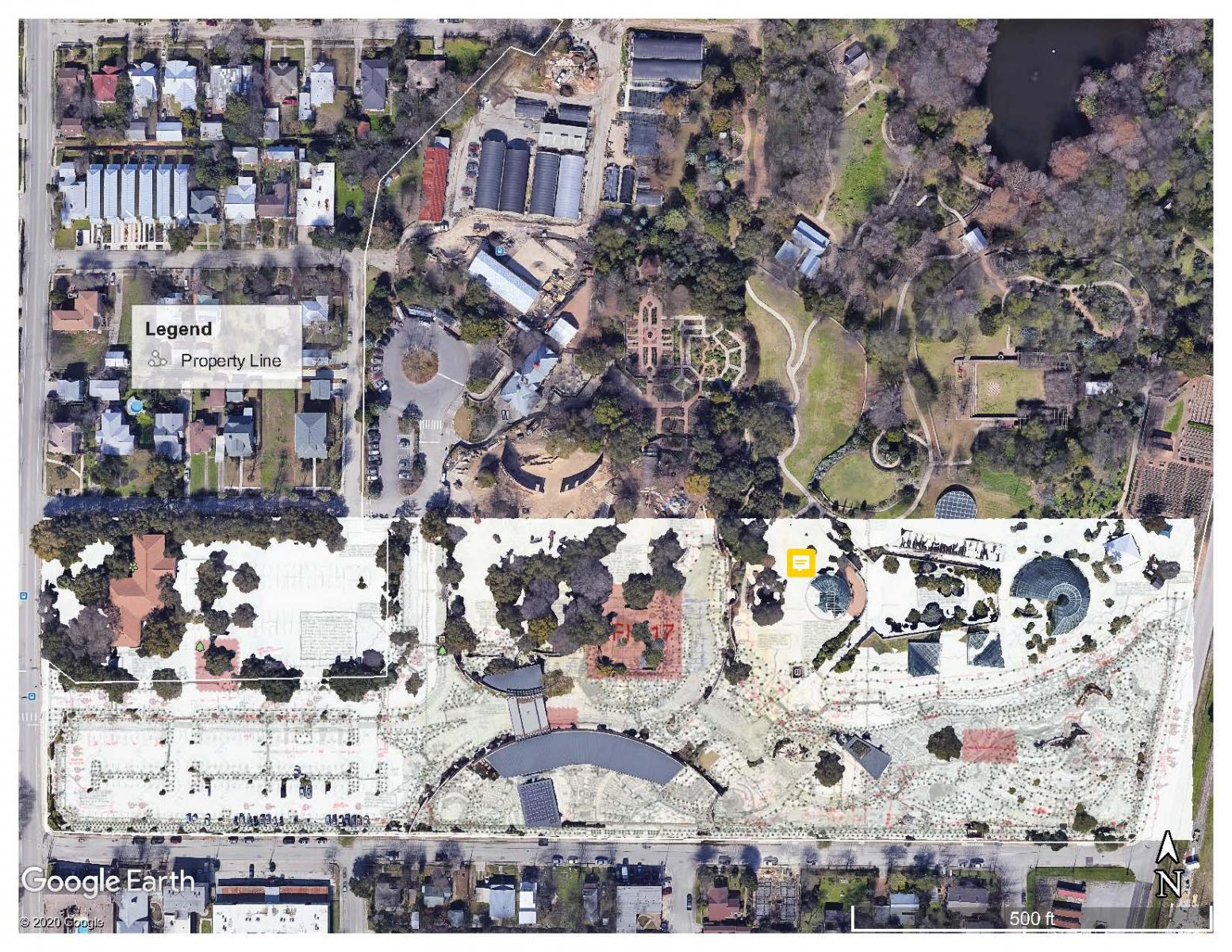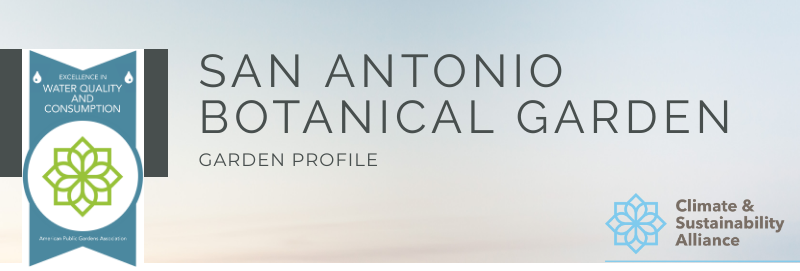
The San Antonio Botanical Garden is a nonprofit organization founded in 1980. Since its inception, the Botanical Garden has inspired people to connect with the plant world and understand the importance of plants in our lives. A 38-acre urban oasis centrally located in the heart of San Antonio, the Botanical Garden has been nationally recognized for its commitment to outstanding displays, botanical diversity, education, environmental stewardship and exhibitions that bring people and the natural world together.
The Botanical Garden provides an engaging environment for children and adults to experience the world of plants and nature, learn practical ways to care for the environment, and conserve our most precious natural resource – water.
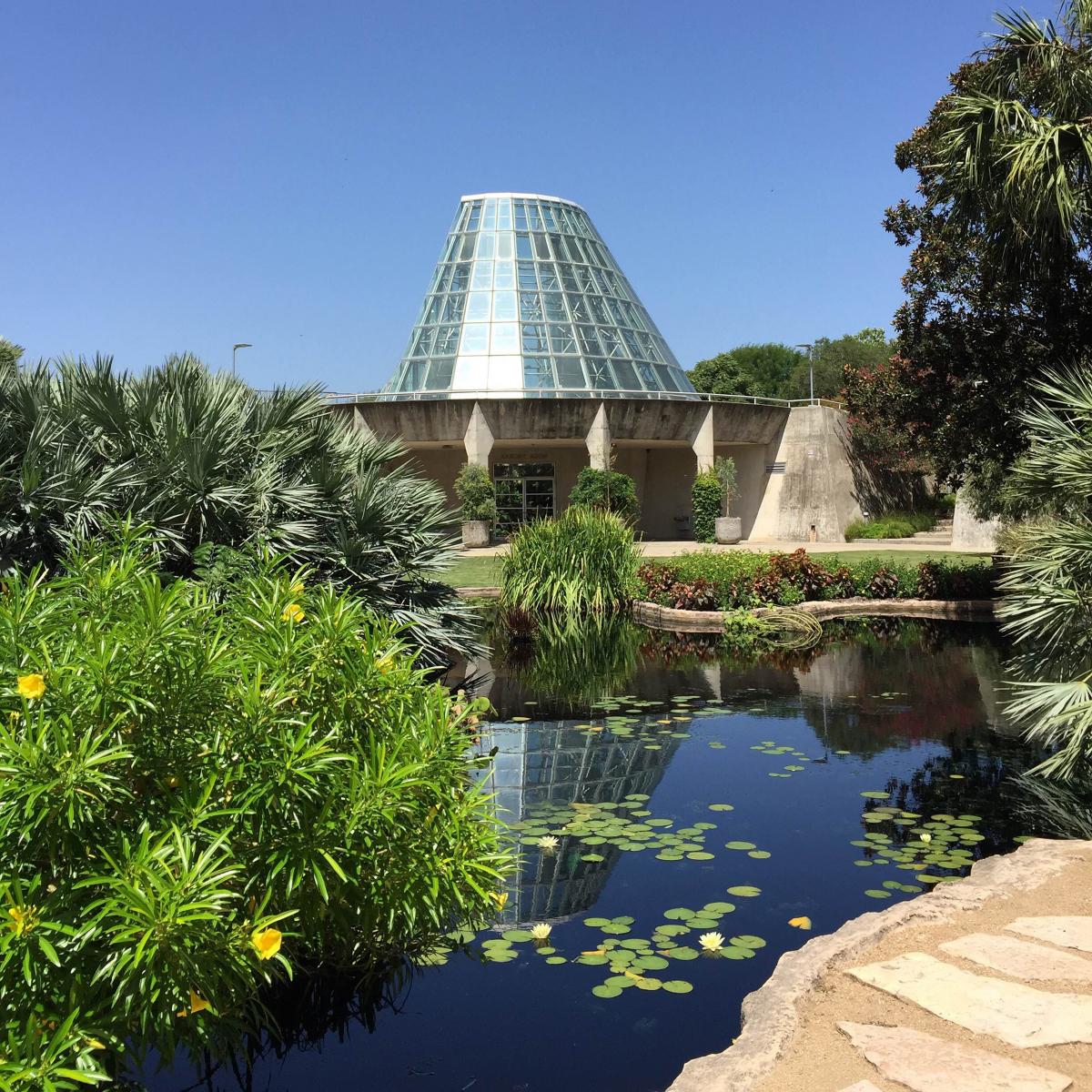
The story of water – its history in the development of San Antonio, its cycle from raindrop to river, and its importance to South Texas’ bioregions, is imperative to share with visitors to the Botanical Garden. San Antonio is here because of water. In a region of thorny scrub and intermittent rainfall, the first people to arrive, both the Native Peoples and later the Spanish explorers in the late 17th century, found an oasis nurtured by bountiful springs. The first Europeans to the area observed this incredible situation and their journal entries describe artesian water erupting many feet into the air and large lakes and ponds surrounding the many springs in the area.
The rapid growth of the city, the drilling of water wells, and the resulting depletion of the Edwards Aquifer have caused great transformation from the early explorers' descriptions of an abundant wild oasis to the current urban environment where residents often do battle with near drought conditions. The Botanical Garden understands that water resources are not unlimited and the newest additions to the garden, reflect this lesson learned.
 A major goal of the recent Botanical Garden expansion encourages stewardship of natural and cultural resources by bringing into focus many of the natural resources that are vital to the South Texas bioregions. The Edwards Aquifer System and its seeps, springs and caverns are essential to the region. By engaging children and families in understanding this regional water system through play, programming and signage, the Botanical Garden encourages conservation of this precious resource. Similarly, grassy plains, rocky outcroppings and woodlands are showcased in the garden and programming, playscapes and interpretive signage help carry the messages of conservation on to visitors of all ages.
A major goal of the recent Botanical Garden expansion encourages stewardship of natural and cultural resources by bringing into focus many of the natural resources that are vital to the South Texas bioregions. The Edwards Aquifer System and its seeps, springs and caverns are essential to the region. By engaging children and families in understanding this regional water system through play, programming and signage, the Botanical Garden encourages conservation of this precious resource. Similarly, grassy plains, rocky outcroppings and woodlands are showcased in the garden and programming, playscapes and interpretive signage help carry the messages of conservation on to visitors of all ages.
Many of the new garden design features emphasize water conservation. Low Impact Development emphasizes conservation and use of on-site natural features to protect water quality and protect natural habitat. Topography, weather patterns, geology, soil science and plant/animal relationships have influenced and informed the design solutions and plant selection. Beginning with the Botanical Garden entrance, you can see sustainably designed parking areas surrounded by bioswales filled with blooming native shrubs and perennials. The main function of a bioswale is to reduce the amount of water runoff that reaches storm-water pipes, allowing rainwater to naturally percolate into the ground. The vegetation also naturally helps to remove debris and pollution from this surface water. The use of bioswales, permeable paving and vegetated groundcover reduces civil infrastructure, downstream flooding and the need for irrigation. The Botanical Garden also features drought-tolerant plants, rainwater and air conditioning condensate capture and reuse, and solar energy.
KPI 1B: The Botanical Garden water management practices include efficient methods for reducing municipally supplied water. The Botanical Garden has a 28,628 gallon in-ground cistern that is fed from condensate drains and the nearly 13,000 sqft roof of the Welcome Discovery Center. The two newest phases of construction have incorporated the use of recycled water from their local water company, San Antonio Water System (SAWS). This recycled water will be used for the water features instead of potable water.
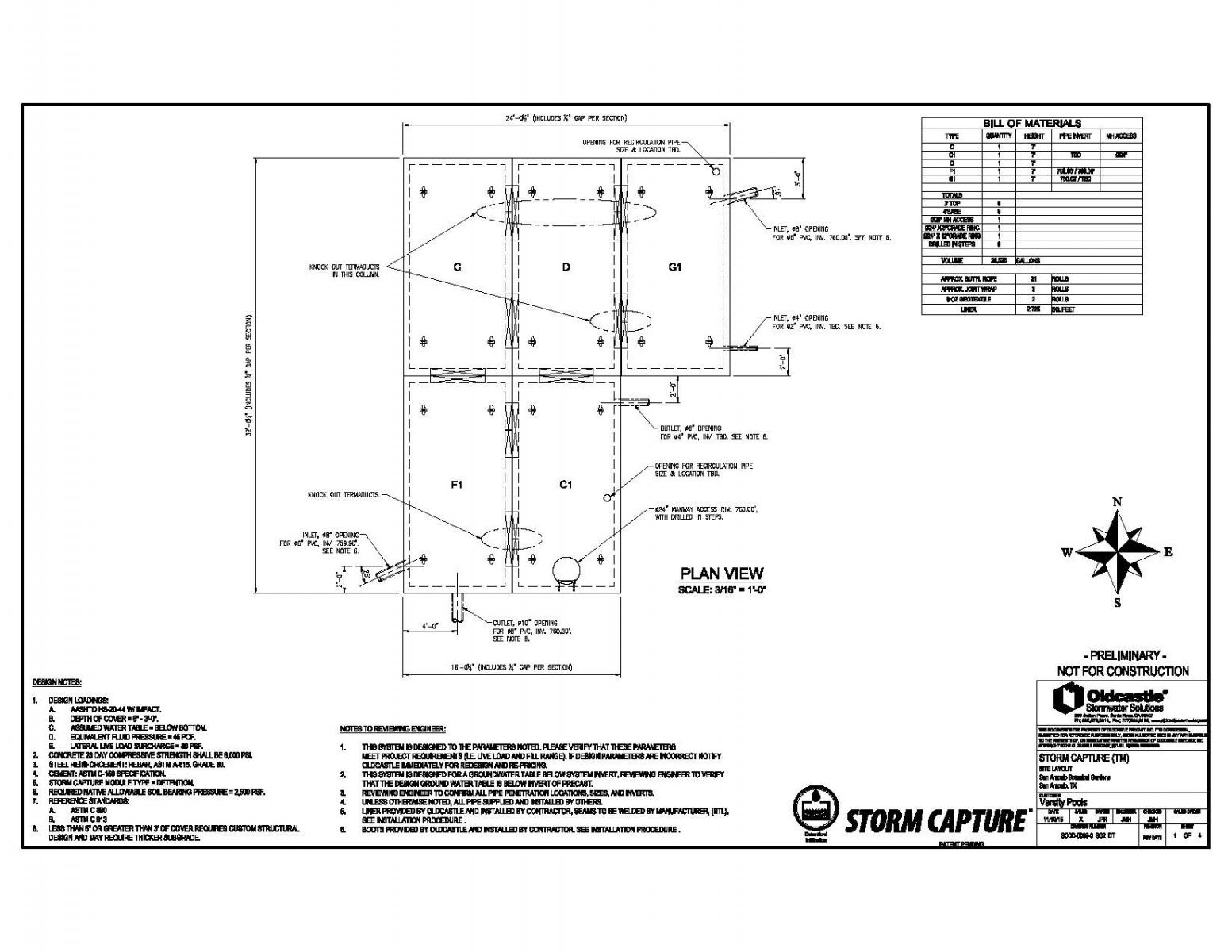
KPI 1D: The Botanical Garden has been working with SAWS for the past 15+ years. During that time the Botanical Garden has created site-based activities/programs for the public to support the water conservation mission. This includes WaterSaver Lane, WaterSaver Garden, and the native areas to help demonstrate water conservation in the landscape. The Botanical Garden is also working with SAWS to create a plan to modify older irrigation systems to a more water-wise system based on the needs of the horticulture staff and current garden. The Botanical Garden has involved the following external organizations/agencies and individuals to address local/regional water conservation and quality issues:
- San Antonio Water System (SAWS)
- San Antonio River Authority (SARA)
- Texas Parks & Wildlife (TPWD)
- American Society of Landscape Architects- San Antonio Chapter (ASLA)
KPI 1E: The Botanical Garden hired Ten Eyck Landscape Architects, an Austin based firm, who were involved in phases of construction for sustainable water management. The landscape in these phases were designed to reflect the native and drought tolerant vegetation of Texas; the use of recycled water for irrigation and tell a story of water conservation at the Botanical Garden.
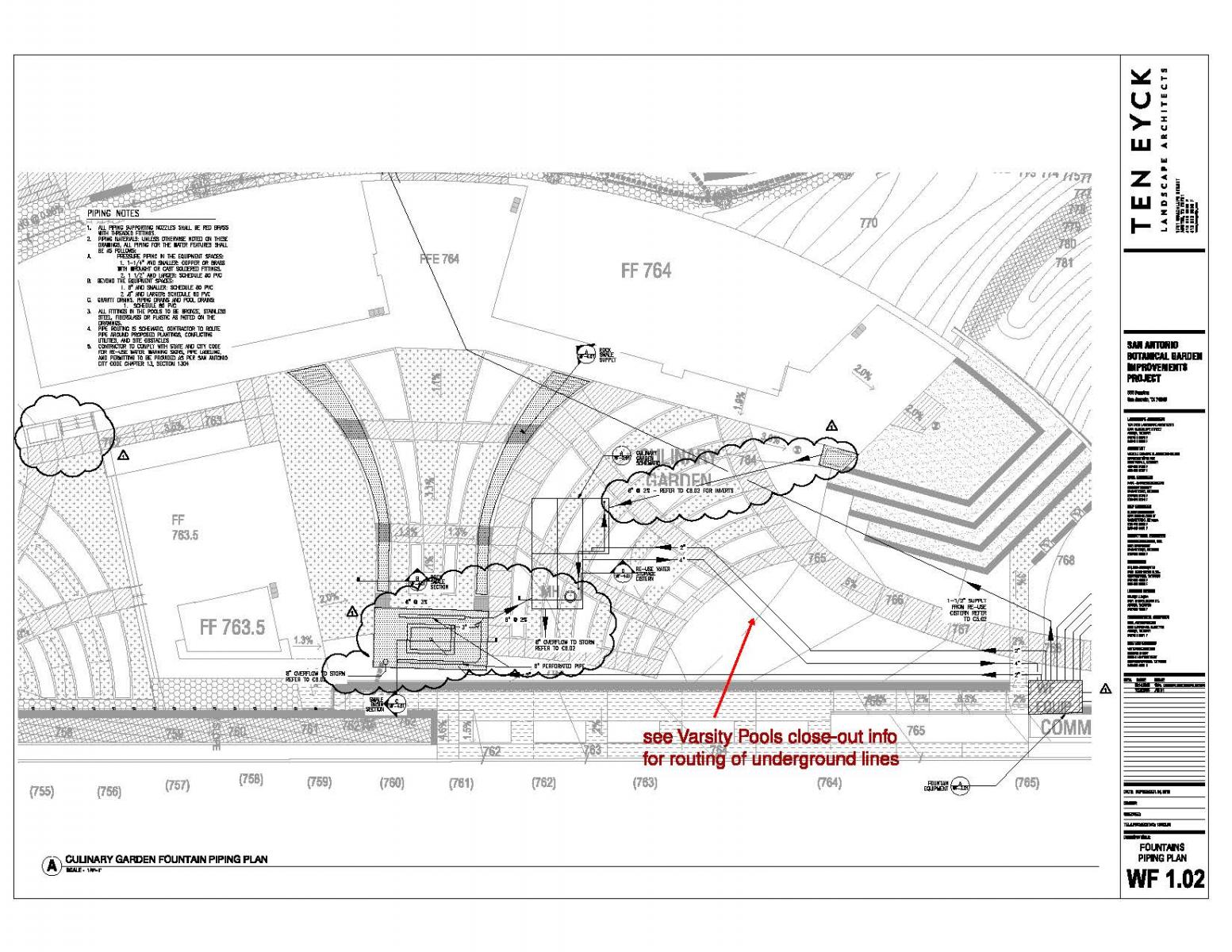
KPI 2A: SAWS and other partners also offer workshops and programs for Botanical Garden staff (gardeners, horticulturalists and groundskeepers) to support their professional development.
KPI 2B: The Botanical Garden has a comprehensive docent sustainability training document they offer their staff/volunteers to engage with the public and inform them of the different systems in place on site. The Botanical Garden also offers water conservation classes:
San Antonio Botanical Garden Water Features/Gardens:
WaterSaver Garden 
This home demonstration garden features plants that thrive in San Antonio. WaterSaver Garden is sponsored by the conservation department of San Antonio Water System.
WaterSaver Lane
This colorful cottage setting demonstrates 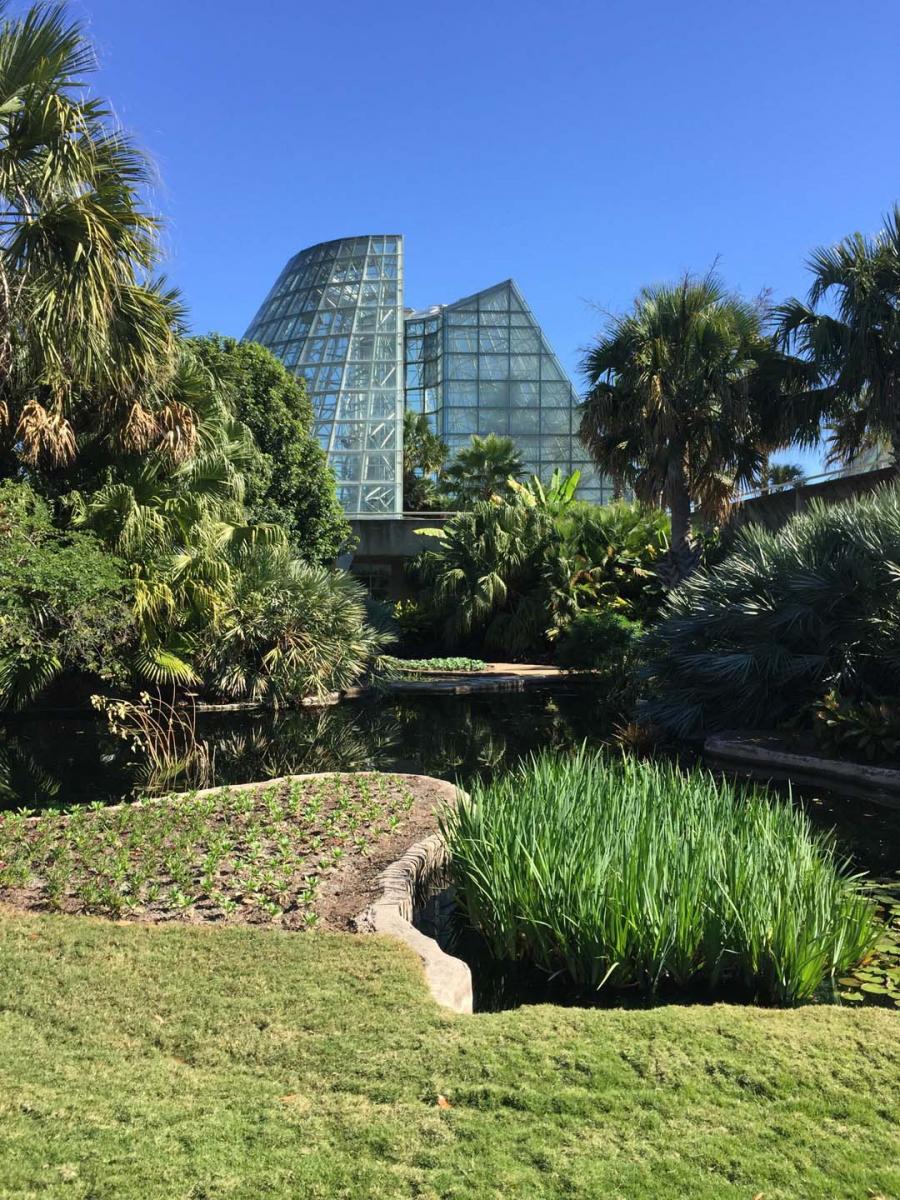 plantings and techniques that save time, money, and water. Provided in partnership with San Antonio Water System.
plantings and techniques that save time, money, and water. Provided in partnership with San Antonio Water System.
Underground Cistern
A 29,000-gallon cistern captures rainwater and air conditioning condensate for use in several water features.
Conservatory Brimming Pool
This water feature uses recycled rainwater from the Welcome and Discovery Complex.
Recycled Water
When you see a purple pipe in the new garden beds, know that we're using recycled water.
Permeable Pathways
Crushed granite pathways allow rainwater to filter through.
Contact Information 
Address: 555 Funston Pl, San Antonio, TX 78209
Phone: (210) 536-1400
Website: sabot.org
